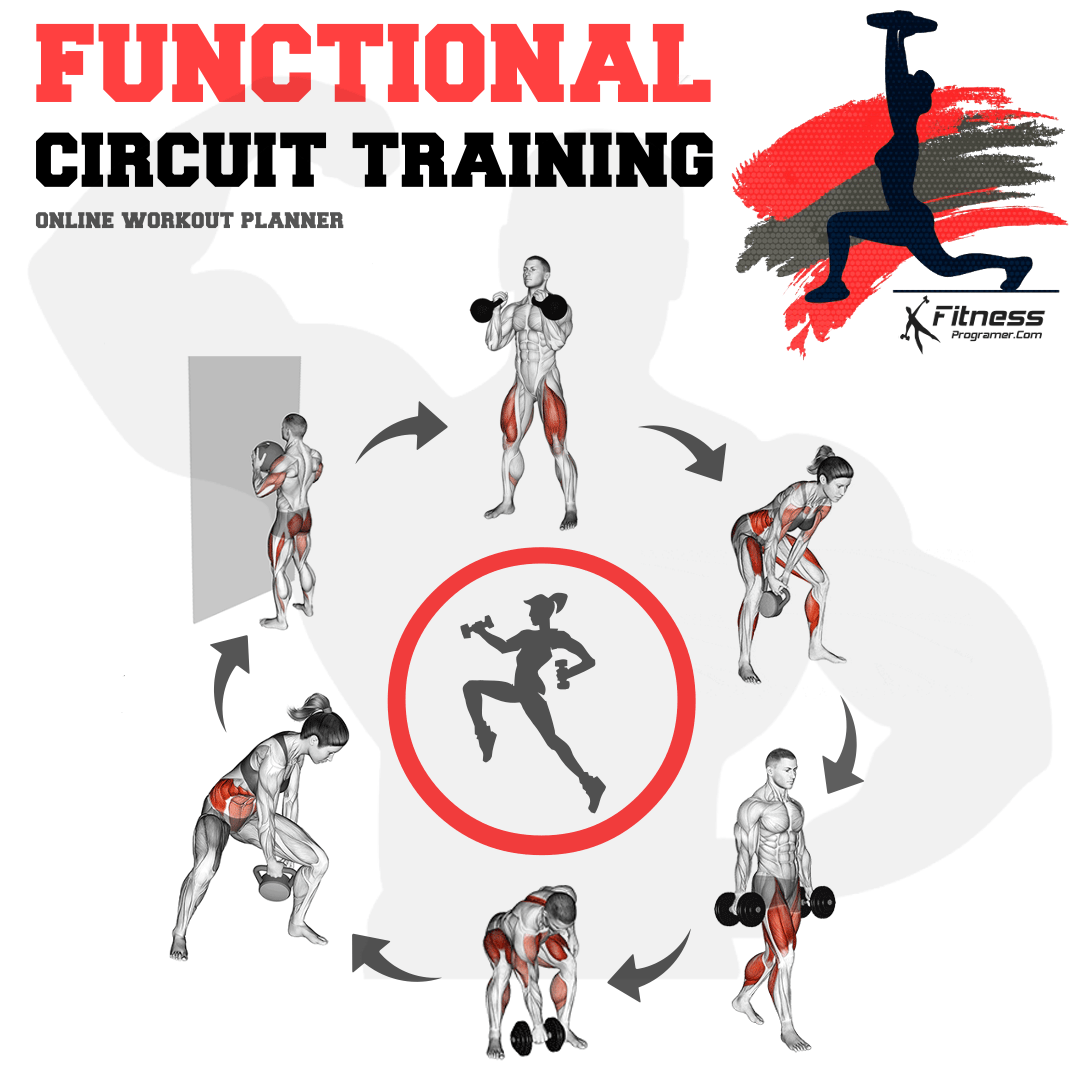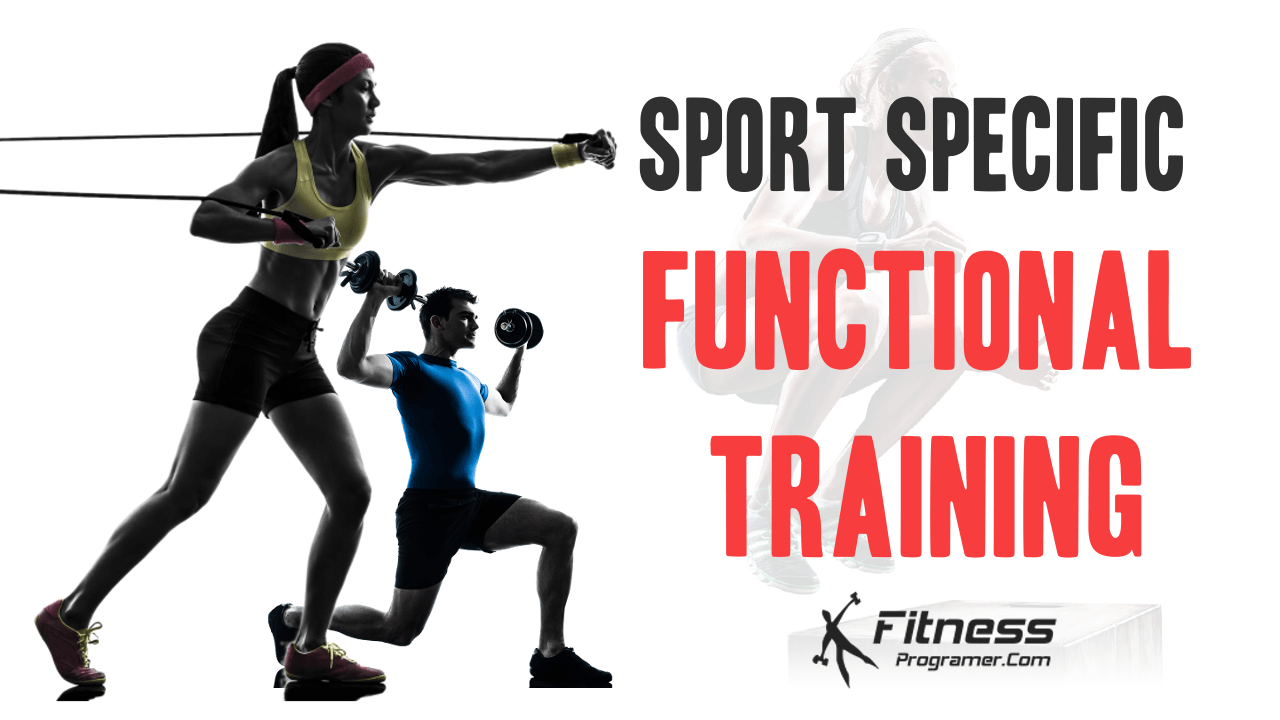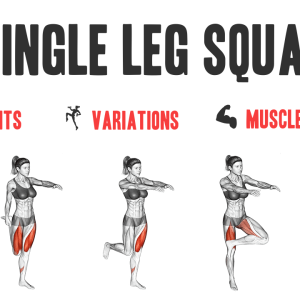Contents
Functional Training for Sports is your key to today’s most effective and efficient training! This approach focuses on training the body the way it will be used in competition and over-all athletic development, making it the most efficient and effective form of training today.
Training functionally addresses correct movement, body positions, and all other abilities that are deemed essential for success in competition.
Through a systematic functional sports training approach, you will improve your total athleticism, enhance your performance, reduce injuries through exercise progressions, and spur your development potential for specific movement patterns you commonly use in your choice of sport.
Are you ready to perform better by developing functional strength, fitness, muscular endurance, flexibility?
Purpose of Sports Specific Functional Training
The aim of the program is to develop better athleticism, the ability to perform athletic movements (Running, Jumping, Throwing and Lifting) with sound technique at optimum speed, precision, style and grace in the context of your sport.
Instead of sitting on a bunch of machines and doing three sets of ten repetitions on each,functional training creates a playground-type training environment. Imagine training with bright colored medicine balls, bands, balance equipment, stability balls, weights, bodyweight exercises and many other modalities. This training approach can be tailored to all strength training plans and levels, from the senior population to the elite athletics.
Functional sports training programs are fundamental to an athlete’s development and success and high levels of strength and improved functional fitness, are a prerequisite to superior speed, power, strength endurance and overall sports health and fitness.
To optimally enhance gross movement motor patterns, two major things are required: Practice of the movement and progressive overload during the movement. This training methodology focuses on the development of movement strength, not just muscle strength.
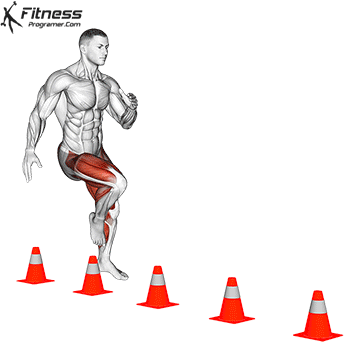
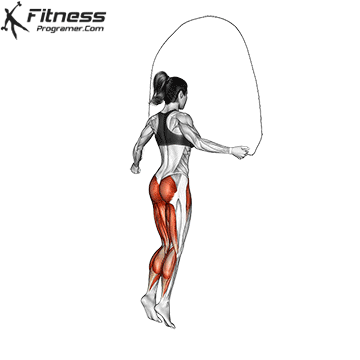
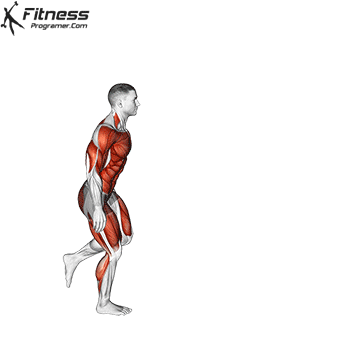
Functional Training and Concept Of Specificity
Functional training works on the concept of “specificity”. The concept of “specificity” dictates that you get what you train for: if you train complex movements, you get better at moving; if you train one muscle, that muscle gets bigger.
In simple terms, if one wants to get better and stronger at an activity, one would instinctively rehearse the activity, or at least parts of that activity.
It is safe to say, the best training for a particular activity, is that activity itself. Therefore, the incorporation of a functional training philosophy into your strength training efforts can yield superior results to traditional bodybuilding or machine-based training.
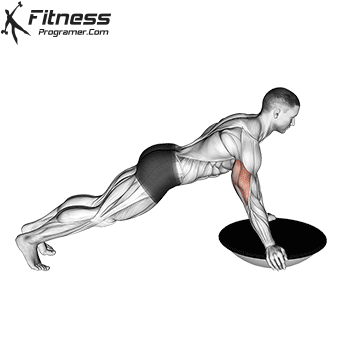
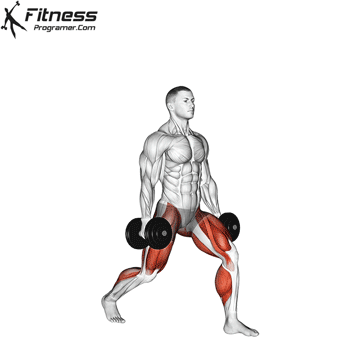
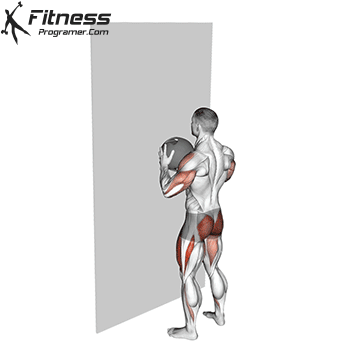
Who Is Functional Training Suitable For?
Functional training has a comprehensive content. It is a suitable training method for everyone from beginner to advanced level.
For those wishing to lose some weight, functional training is an excellent way to kick your cardio training and caloric burn into higher gear, while developing a muscular body that performs as well as it looks.
For those rehabilitating an injury, functional training is the best choice for accelerated rehabilitation. Better yet, functional training can greatly reduce the likelihood of an injury ever occurring. For the athlete or weekend warrior, functional training is the newest and fastest way to enhance performance with half the work volume (i.e. weight lifted) of more traditional methods.
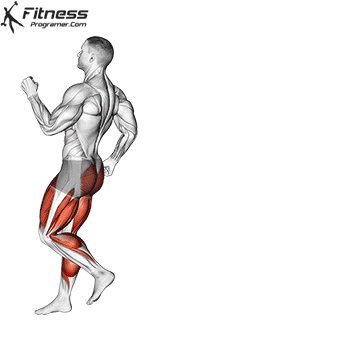
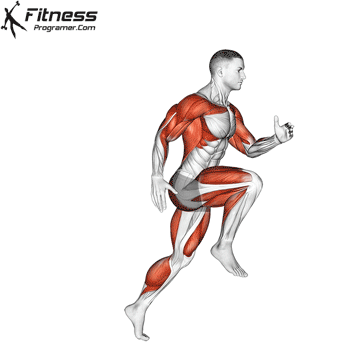
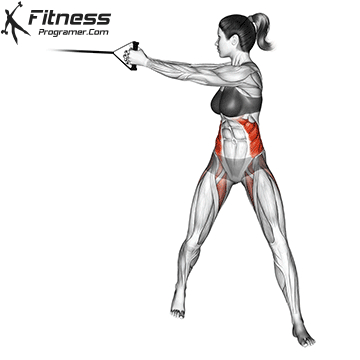
Benefits of Functional Training
This movement training approach provides many benefits; let’s take a look at some of them.
Using gravity, momentum, ground reaction forces and 360 degree movement freedom to make movement more efficient:
- Increases inter and intramuscular coordination
- Reduces inhibitory responses
- Increases neuromuscular efficiency of movement (enhanced coordination)
- Allows you to use more of the strength you already have
- Increases joint integrity and stability
- Transfers greater forces across joints
- Improved balance and stability
- Better results using less weight then traditional strength training exercises.
- Less wear and tear on the body due to a more holistic approach to training.
- Burns more calories because of greater muscle mass involvement.
All of these benefits go along with one of the best features of functional training – it’s safe, effective,and fun
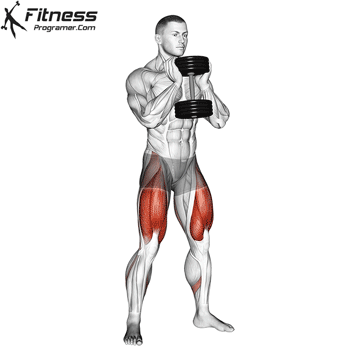
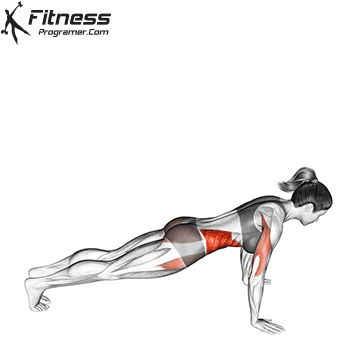
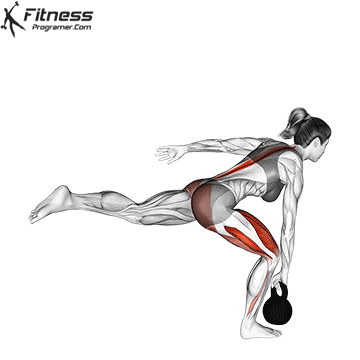
Bodybuilding vs Functional Training
The main purpose of bodybuilding is to develop each muscle group and make the body look symmetrical.
Olympic weight lifting and Bodybuilding programs still dominate many athletic strength training routines. While these types of sports trainings have their place, training routines for sports consists of a more refined approach than simply lifting heavy weights with your strength workouts as many times as possible.
While bodybuilding is concerned with how the muscles look, functionality is concerned with how the muscles move based on daily life.
The main distinction between functional training and traditional bodybuilding training is that functional training more closely mimics the movements one is trying to improve, whether it is cleaning the house, running, hiking or a golf swing.
This enhanced functioning focuses on strengthening the needed movements thus reducing the chance for injuries and therefore, improving performance.
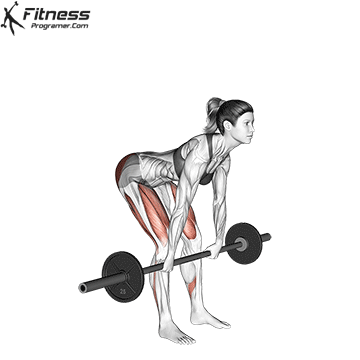
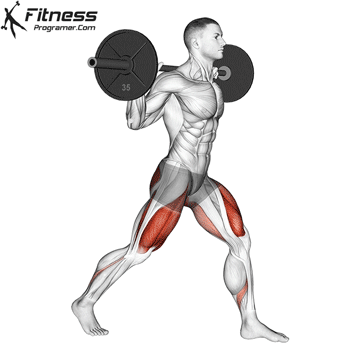

What Is Your Specific Sport?
Focus on your specific sport to learn how to strength train the correct way without wasting your valuable time
Baseball, Basketball, Football, Golf, Ice Hockey, Volleyball, Marathon Training, Mixed Martial Arts, Softball, Tennis etc…
As you master each needed component of sport (explosive speed, power, strength, flexibility, recovery, etc…), you will be preparing yourself to perform in any situation with notable improvements in stability and balance, reaction time, core strength, and power.
Voleyball
For example, a good volleyball player needs explosive power in their legs to jump high enough to either spike or block a shot. In addition, agility is important because short bursts of speed are needed to dig out a lot of shots.
Besides the need for power and agility in their legs, volleyball players also need explosive power in their upper body in order to spike the ball.
This is why proper volleyball strength training needs to focus on all muscle groups, but in particular the legs, core, and shoulders muscle groups should be targeted.
Football
Strength training routines for football have to be more comprehensive than virtually any other sport. Football is rotational power, first step quickness, and multi-directional speed! Football requires different types of strength (and different strength training routines), it also varies from position to position.
For example, receivers don’t need bulk and a lot of bodyweight. But they also need high levels of strength and sport-specific power. Skilled positions such as running backs, defensive backs and quarterbacks also need less bulk and more speed and agility. But they still need strength and power.
It is important to understand that sport-specific movements happen very quickly.
To be a powerful player you must possess the ability to contract strong muscles very rapidly. It doesn’t matter how strong you are, if you can’t transfer that strength into sport-specific explosive movements, it’s next to useless.
“DO YOU WANT TO BE SUCCESSFUL?” PLAN FOR IT!
All of your strength training methods, fitness training plans and other related strength and conditioning workouts will be optimal if you incorporate functional strength training exercises into all of your sports and fitness training and have the proper strength equipment to support your efforts.
Implementing Functional Training
Lets look at some important considerations we need to take into account when we are implementing functional training. You will see that all of these points deal in one way or another with the kinetic chain principle, gravity, ground reaction forces or momentum. Functional training must:
1) Be specific, or mimic, the target activity. This includes all of the appropriate joints, as well as the speed and amplitude of movements. The principle of specificity dictates that you “train like you play/live”.
2) Not be restricted or supported by external means. No machines or artificially stabilized positions. If you are going to isolate and support for the sake of improving isolated strength (“your means”), integrate it ASAP and regularly into its functional/integrated role (“your end”).
3) Deal with multi-joint, multi-planar movements. In real life, especially sports, movements do not occur along a single joint or a single plane of motion. Therefore, the kinetic chain must engage all three planes simultaneously.
4) Approach loading and development from the inside out. Load the system internally (i.e. bodyweight) first, then add external resistance. Develop the core of the body first, then develop the extremities…
